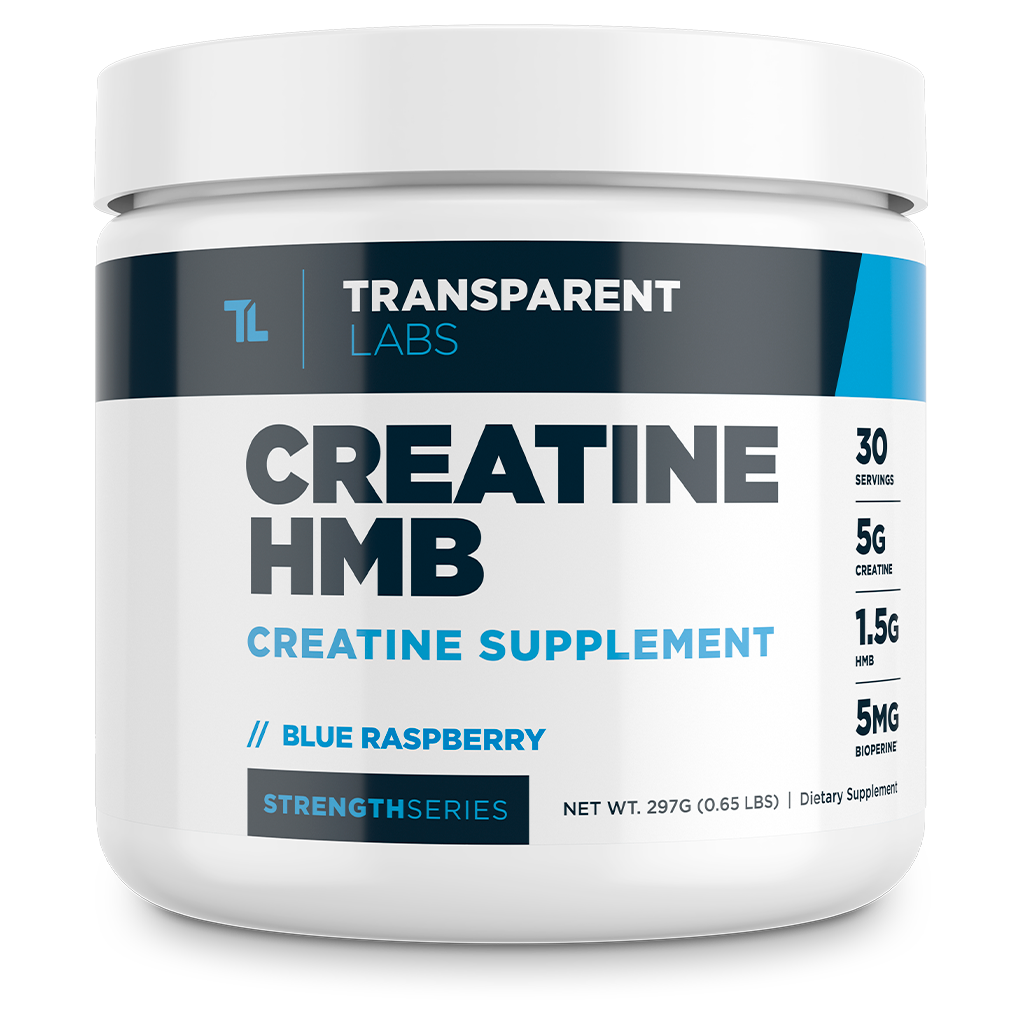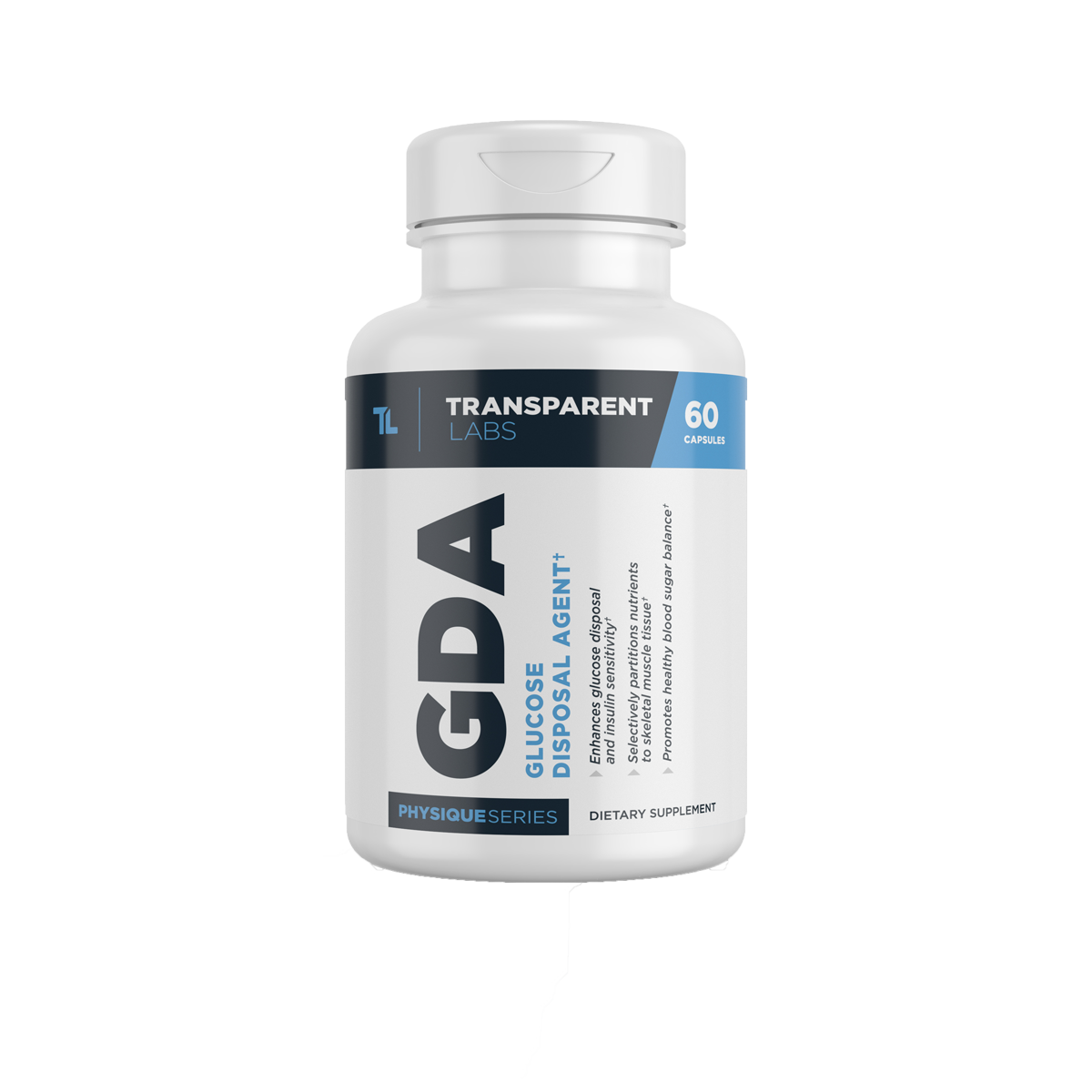Active Recovery Essentials: The Secrets to Boosting Aesthetics and Performance

What is active recovery? You hear about it all the time. Allegedly it should follow your intense workouts or athletic events to get the most out of them, but sometimes you hear about passive recovery. If you’re unsure of the specifics between the two and want to know which recovery method is best for you and your workout type, stick around.
Understanding Passive vs Active Recovery
Passive recovery is simple: it’s when you do next to nothing as a form of recovery, and is typically only recommended with certain intense injuries. It’s the complete halt to physical activity, often utilized when someone is feeling at risk for burning out due to overtraining. The concern with passive recovery is that too much of it can potentially set you back considerably if it’s not intermixed with active recovery and movement.
Active recovery, on the other hand, requires a bit of effort to ensure continuous muscle use and blood circulation.
Benefits of & Specifics pertaining to Active Recovery
According to this fitness blog, active recovery is important as it promotes blood flow (which counteracts inflammation) and regulates your heart rate, which leads to improvement in endurance and training magnitude.
Furthermore, according to this study, participating in active recovery after intense exercise tends to clear accumulated blood lactate faster than passive recovery in an intensity-dependent manner. In order to understand the significance of blood lactate, this study states that blood lactate is used as an indicator of the ability to perform endurance exercise while showing the amount of oxygen in the cells and tissues.
Active recovery, when done properly, is meant to not bog you down but instead keep your routine as regular as possible after a bigger event or bout of exercise.
Times for and Types of Active Recovery Exercises

According to ACE Fitness, active recovery can include anything from massages, mobility exercises, and light physical activity, while the authors of the aforementioned fitness blog cite that active recovery is used in three different ways: cool-down, interval training, and after competition exercise.
Massages
You don’t have to visit a professional masseuse, as there are how-to guides and supplementary tools online available to help you create a DIY massage experience. This is considered ‘active recovery’, or at least supplemental to active recovery because massages work to rejuvenate bodily circulation while simultaneously releasing pressure buildup. The action releases ‘new’ blood that delivers fresh nutrients in addition to applied heat (or warmer temperatures) that assist with muscle repair and rebuilding. So, the benefits of this practice are two-fold, you’re keeping your body healthy while also having a spot of time to relax and unwind. According to this study, quicker massages (lasting less than 12 minutes) tended to have larger and lasting results compared to medium or longer length massages. The general conclusions were that the effects of massage on performance recovery were small and often unclear, but were potentially relevant under appropriate circumstances such as short-term recovery after intensive training or competition.
Mobility Exercise
The importance of mobility exercises is that they assist with both the recovery process and by enhancing flexibility. According to Healthline, adding as little as ten minutes of warmup activities (stretching, getting the heart rate up) prior to your planned workout can yield mobility improvements such as speed, throw distance, and jump height to name a few. Pairing that advance in mobility with other active recovery techniques is the first step toward improving joint flexibility, the ability to function and move better, results in growing stronger, recovering faster, and improving performance. These exercises can be targeted to many different areas of the body, including the feet/ankles, the hips/legs, the spine/back/arms, the shoulders, and the neck, to name a few.

Light Physical Activity/Cool Down
This section works together to ensure proper muscle treatment before, after, or during a workout. The goal is to increase your heart rate and blood circulation without adding excessive strain to your muscles. Activities can include something as simple as taking a walk, going for a casual bike ride, tossing/kicking a ball around, playing fetch with your dog, cleaning the house, playing a casual game of basketball/volleyball/racquetball/pickleball, stretching, yoga, light use of exercise machines, casual swimming, and/or doing light weights to name a few. Often these activities are paired with intermittent application of ice/heat to the point of stress (whether that be by bath/shower or an ice pack or heating pad).
Interval Training
According to this study, 120 seconds of active recovery could potentially provide an appropriate balance between intracellular restitution and maintenance of high VO(2) (or, the maximal oxygen intake) on-kinetics.

The gist of interval training is that you add low to moderate-intensity exercises to your existing interval exercise routine. So, taking a cool-down for a minute after running for five, or something to that effect. Examples of this could include jogging, high-knee matching, deep lunches, or step touches.
After Competition
Sadly, you can’t just flop on a couch after running a 5k and expect to keep going strong every time. Proper active recovery requires a bit of effort after that big event or big workout, but it’s not the worst thing in the world. Following up with some proper stretching, relaxing yoga, brisk aerobic exercises (such as walking, jogging, cycling, or swimming), or range of motion exercises with light weights will satisfy the active recovery need without adding too much stress.
Transparent Labs Knows Exercise and Active Recovery
When it comes to fitness, we’ve seen it all. Research shows that practicing active recovery after an intense workout or competition increases the total work achieved. If you’re wanting your workouts to be worthwhile, proper recovery is the thing to focus on.
Whether you’re in the market for bulking up or shredding fat, our catalog of products work well into any diet or fitness plan to get you there faster and healthier. We pride ourselves on being transparent with what you’ll find in our ingredients and never turning to artificial sweeteners, food dyes, or harmful additives. If you’re after high quality and trustworthy products to achieve your fitness goals, check out our product list here.




